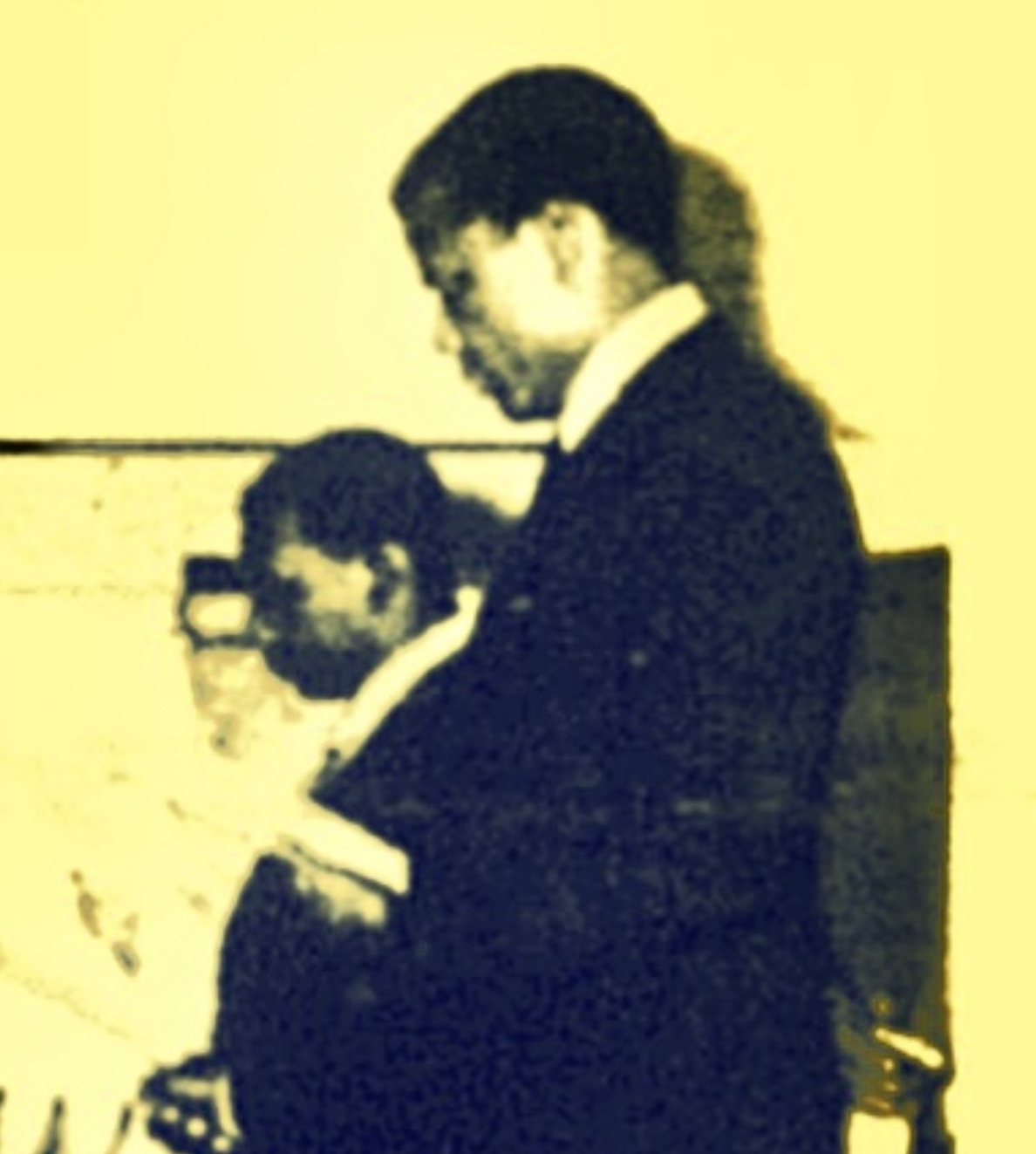
A 1935 photo of a Bahamian woman, carrying a rather large turkey on her head, gives some indication of just how long an American-styled Thanksgiving tradition has been in the Bahamas. Equally, the caption for a story about ridding Bay Street of begging negroes, ahead of tourist arrivals, in Nassau, also provides a clue why Thanksgiving began in the first place. It was really about the Bahamas’s new commitment to tourism, creating the best overall experience for its new most valuable commodity – American visitors.

Everyone knows how important a role Thanksgiving played in the founding story of America. As tourism brought more and more Americans to the Bahamas, and Americans brought more and money, Bahamians began catering to their tastes and traditions.
Creating an overall vacation experience became the essence of a unique and enduring tourism product, which has underpinned this industry, in the Bahamas, for more than a century.
It wasn’t long before Bahamians were rearing plump, fat turkeys for the American Thanksgiving tradition.

1935 – THANKSGIVING TURKEY IN THE BAHAMAS
“Strange burdens crown the heads of native vendors in Nassau, a remarkable carriage being developed almost from birth in the female child, who will eventually be compelled to serve transportation needs of her family. 
In this instance, fowls are seen proceeding to market, marking the final flight in state, quite unconcerned at the prospect of an early entrance to the roasting pan.”

By 1935, the great financial success of rum running and bootlegging liquor into America from Nassau, Grand Bahama and Bimini brought something else as well. It brought flourishing relationships with Americans, Canadians and British businessmen eager to capitalise on the notoriety the islands had garnered. The Bahamas, enthusiastic to grasp anything that could bring economic revenue, embraced the idea of tourism and foreign direct investment as the holy grail for the country.
Despite substantial wealth being made during the Prohibition Years, economic success seemed to barely touch tens of thousands of poor negroes and poor whites, trying to eek out a living in New Providence and the Out Islands.
For Bahamian negroes however, poverty was particularly rife. For many not directly employed in sponging, agriculture, domestic service or fishing, the only option was to become a market vendor – selling odd goods in the local street market, on Bay Street.
Many negro women were still holding on to the traditional African ways of carrying goods to market. No matter what it was, from buckets of water to large baskets of just about anything, all manner of things were expertly balanced on their heads.

(The Gazette, Wednesday 27 November, 1935)
1935 – A newspaper article wrote of the persistent problem of coloureds begging on the streets of Nassau. This was proving to have a negative impact on tourist sensibilities as they made their way into New Providence. The Bahamas Development Board employed eight special constables to move beggars off away from tourists areas. Those seen without shirt or shoes were considered as not needing any, because of the tropical weather.


“Travel to tropical climes is frequently restricted by the impression created in the minds of prospective tourists that considerable pauperism prevails, and that they may be accosted at every turned by coloured folk with requests for monetary assistance.
Mendicity exists in every country, and an increase in unemployment figures noted during the depression period undoubtedly swelled the number of unfortunates requesting charity on city streets.
This situation has been given special attention in the Bahamas, where there has been a material improvement recently, the number of beggars importuning visitors having been greatly reduced. This has been affected by reason of the fact that the deserving and infirm poor are now being assisted by regular organisations. Furthermore, eight special constables are being detailed by the Development Board during those days on which cruise ships visit Nassau to devote their attention specifically to this problem.
 Young and active men are employed to pursue and capture the juveniles who persist in begging on the streets after those who are genuinely in need of some assistance have been persuaded by the police to seek the aid provided by the organisation.
Photographs reproduced in newspapers and magazines, circulating in more northern latitudes, indicated on occasion to those who are unfamiliar with the tropics and subtropical regions that the native is in an unfortunate condition, and dependent to some extent on charity.
It is quite true that many do not have “a shirt to their back” or “shoe on their feet.” But no one worries, for such a situation is quite natural in territory on which the sun shines is almost every day, and the temperature is sufficiently high to obviate any necessity for rainment of this character.”





